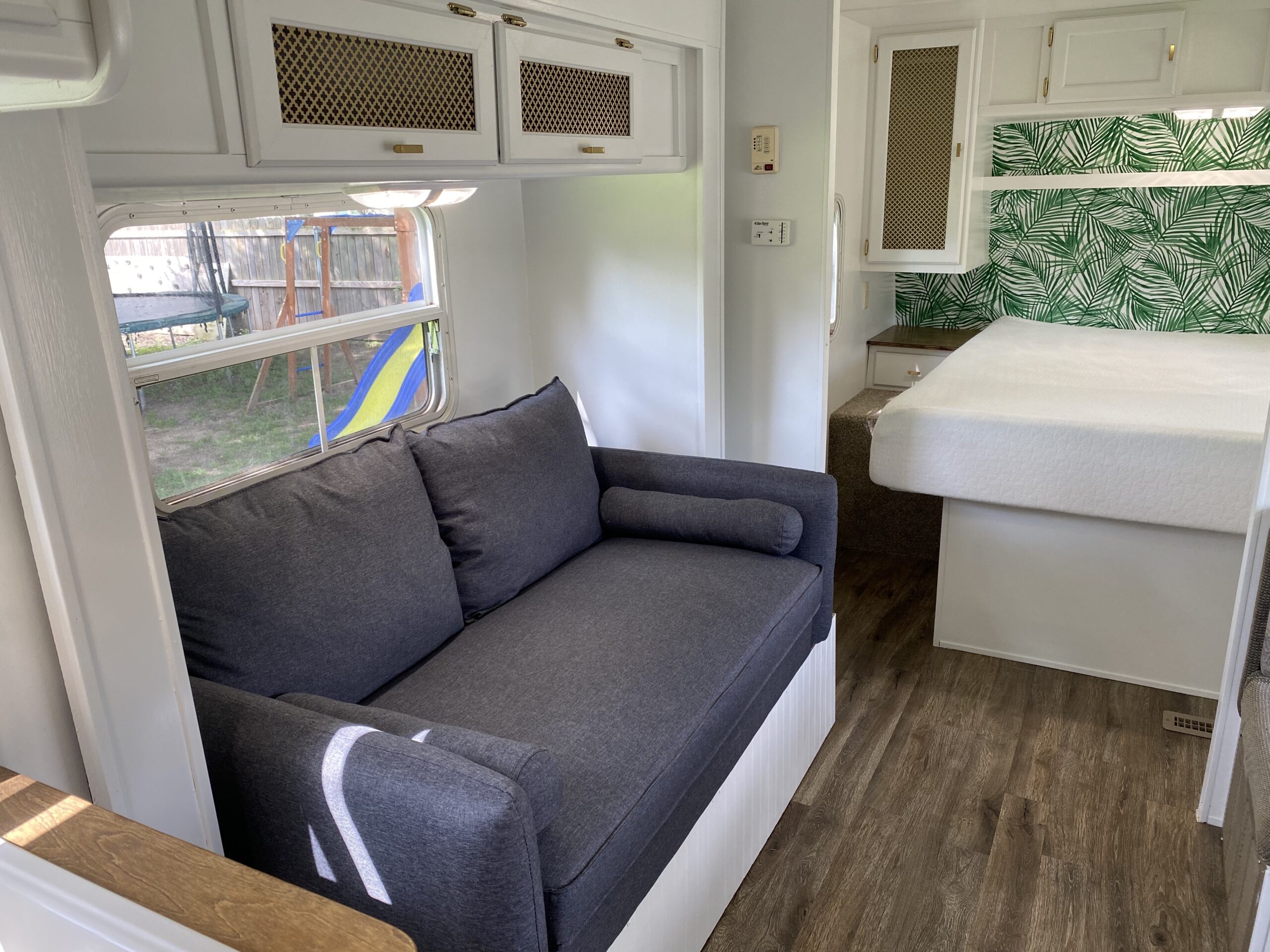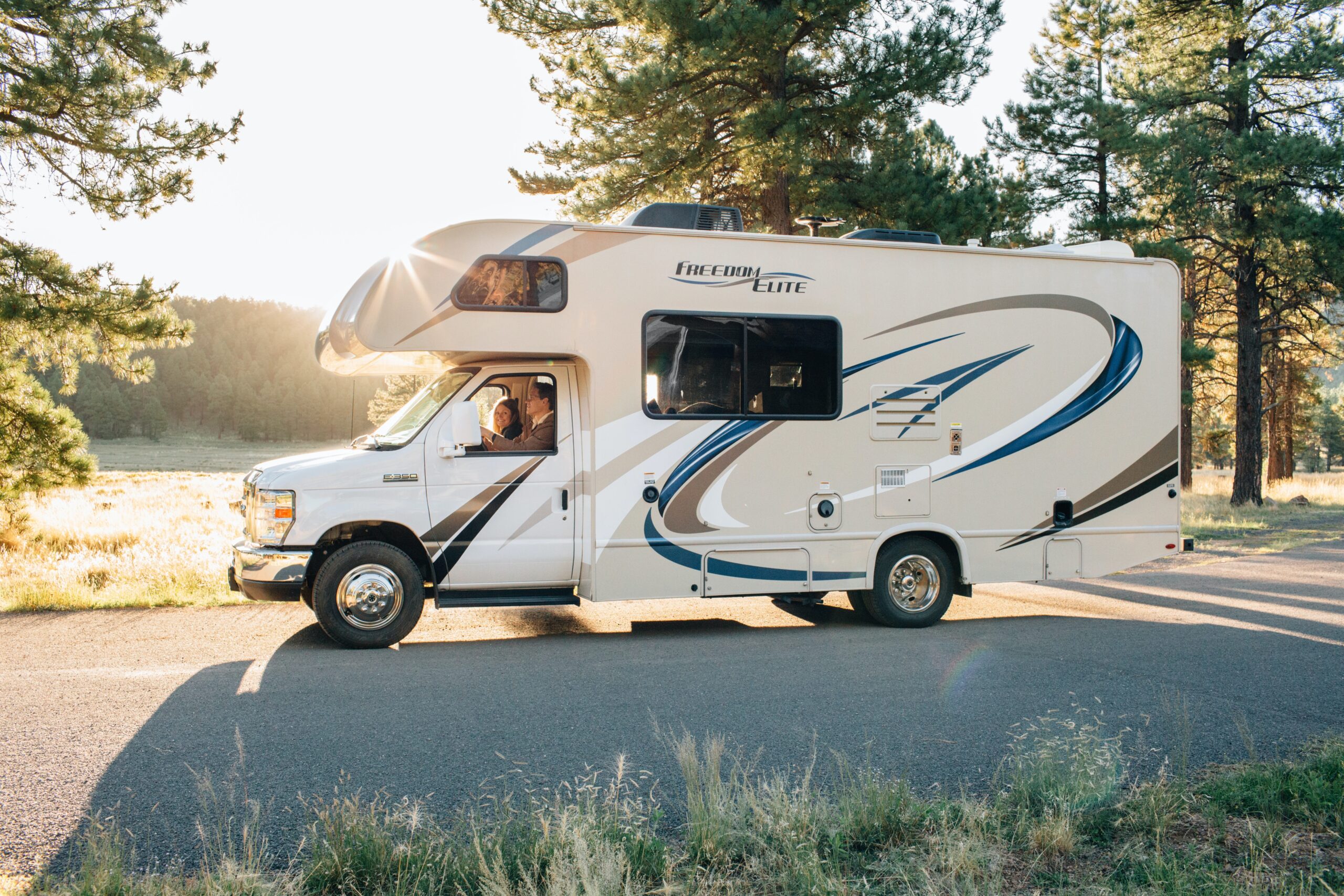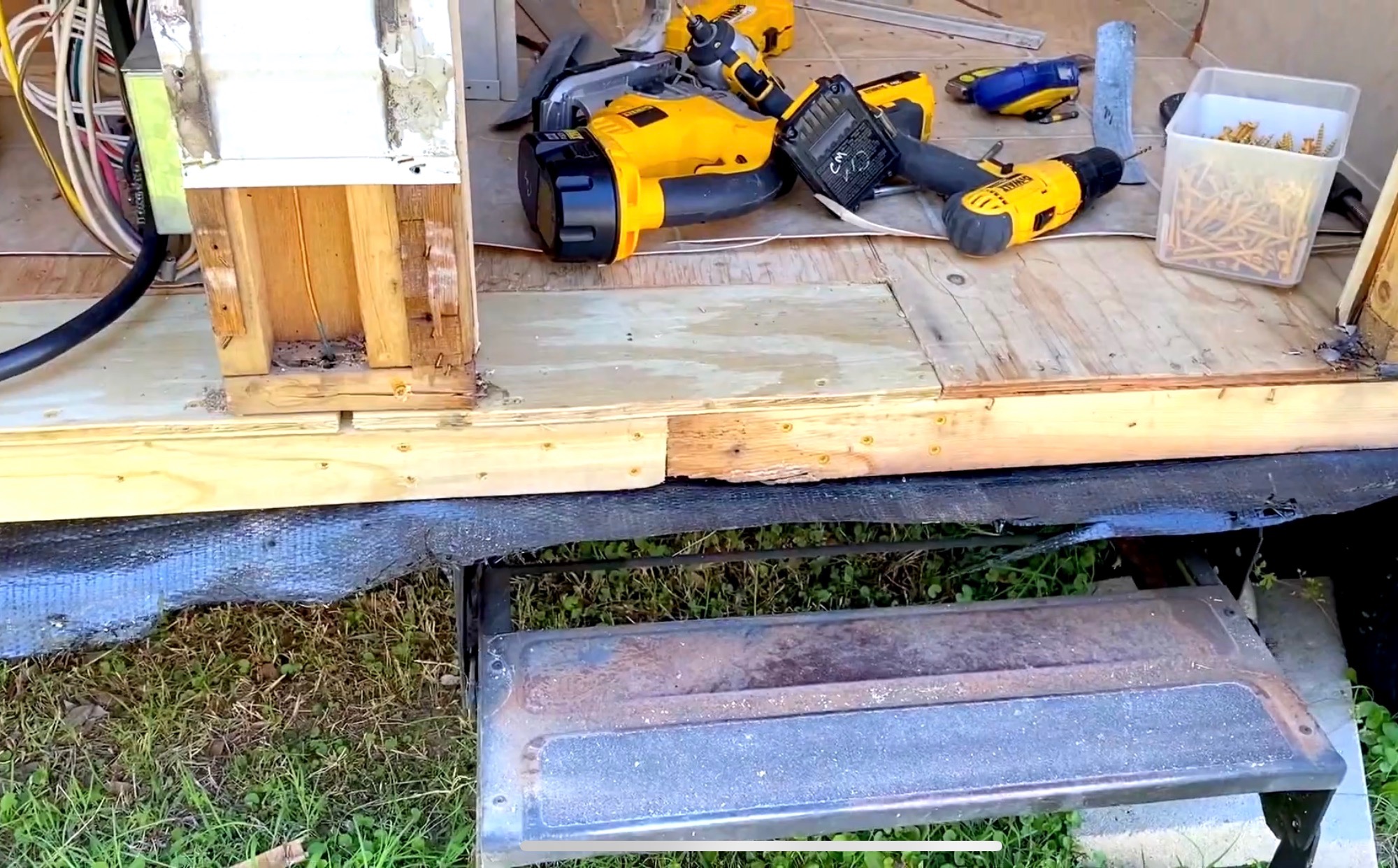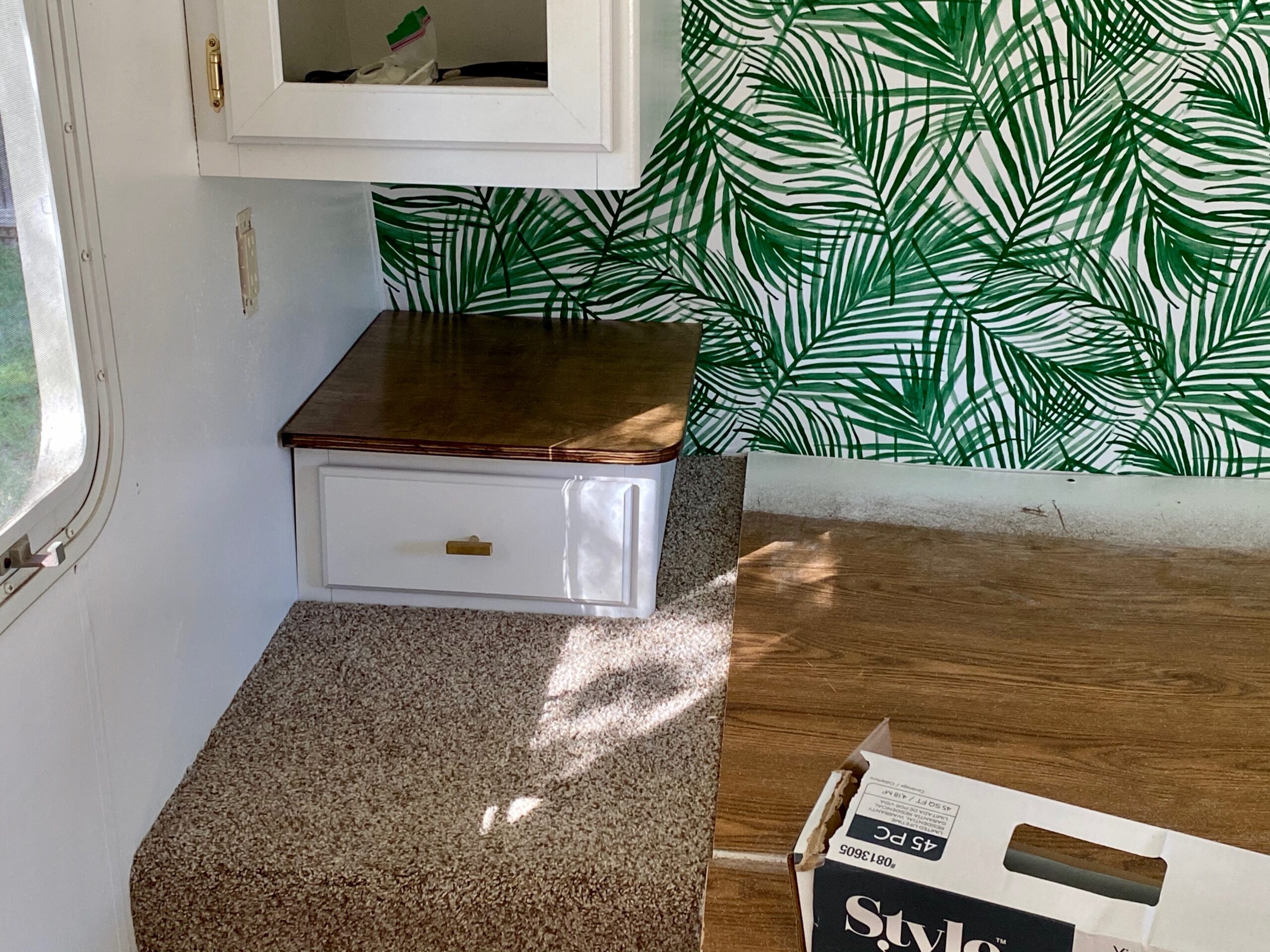Recreational vehicles, commonly known as RVs, have become a popular choice for those seeking endless adventure and comfort while on the road. However, a common concern for prospective RV owners is the average lifespan of these versatile vehicles. Gaining an understanding of a typical RV’s longevity will help potential buyers make well-informed decisions when looking to invest in this unique mode of travel.
The average lifespan of an RV is thought to be around 20 years or 200,000 miles, whichever comes first.
This number can vary depending on several factors, including the class of the motorhome, how well it has been maintained, and the frequency of use. It’s essential to note that the expected lifespan of an RV may range between 10 to 20 years, with maintenance costs typically increasing after the 10 or 15-year mark.
To ensure a longer lifespan for your RV, proper care and upkeep are crucial. Regular inspections of the vehicle’s components, along with timely maintenance, can significantly increase the longevity of an RV and provide countless years of enjoyable explorations.
Understanding RV Categories
When it comes to RVs, there are several categories to consider. These categories help to differentiate the various types of RVs available in the market and are broadly classified into motorhomes and towable RVs.
Motorhomes consist of three classes: Class A, Class B, and Class C. Class A motorhomes are the largest and most luxurious of the three. They are built on a commercial bus or truck chassis and provide ample living space with multiple rooms, a full kitchen, and often a separate bedroom. These RVs are ideal for long-term living or extended vacations.
Class B motorhomes are the smallest and are also referred to as camper vans. They are built using van chassis and offer limited space, featuring a kitchenette, a small bathroom, and convertible sleeping areas. These compact motorhomes are easy to drive, making them a popular choice for weekend trips and short-term travel.
Class C motorhomes are a middle ground between Class A and B. They are built on a truck or van chassis with an attached cab and typically feature a bed over the cab area. Class C motorhomes come with more living and sleeping space than Class B motorhomes but are smaller and more manageable to drive than Class A motorhomes.
In addition to motorhomes, there are towable RVs such as travel trailers, fifth wheels, and Airstreams. Travel trailers are versatile and come in various sizes, ranging from small pop-up trailers to large multi-room models. They need to be hitched to a vehicle for transportation but can be detached at the destination, allowing for more vehicle flexibility.
Fifth wheels are similar to travel trailers but connect to the tow vehicle through a unique hitch system, resulting in a more stable towing experience. They typically offer more living space than travel trailers and often have multiple slide-outs.
Finally, Airstreams are iconic silver travel trailers known for their aerodynamic design and durable construction. They come in various sizes and interior layouts but are generally considered luxury RVs due to their stylish design and high-quality materials.
In conclusion, understanding the different categories of RVs helps potential owners make informed decisions when choosing the type of RV that best suits their needs and preferences. With various motorhome classes and towable RV types available, there is an option for everyone, whether it’s for a weekend getaway or a full-time adventure.
Factors that Affect RV Lifespan
Use and Maintenance
Proper use and regular maintenance play a crucial role in determining the lifespan of an RV. Frequent usage may lead to increased wear and tear on components. Ensuring timely inspections, cleaning, and addressing any issues can significantly extend the life of an RV.
Following a regular maintenance schedule, including checking for plumbing leaks and attending to other repairs, is essential. Moreover, taking care of your RV’s tires, engine, electrical systems, and appliances can help maintain and prolong its overall life.
Quality of Construction
The quality of construction plays a significant role in an RV’s durability. Higher quality materials and craftsmanship can increase its life expectancy, whereas cheaper, less durable materials may lead to more frequent repairs and a shorter lifespan. Considering the build quality of your RV alongside factors such as weight, layout, and design can make a difference in its long-term performance.
Exposure to Elements
RVs can face different weather conditions, varying from rain and wind to UV rays from the sun. These elements can have a substantial impact on the lifespan of an RV. Consistently exposing the RV to harsh climates may result in increased stress on its components and overall structure.
To mitigate the effects of weather, proper storage methods, and protective covers should be utilized. For example, using a UV-resistant cover can help protect the exterior from sun damage. Additionally, inspecting and repairing any leaks or damage caused by exposure to the elements is crucial for maintaining the RV’s integrity.
In summary, proper use and maintenance, quality of construction, and protection from weather conditions are all factors that can significantly impact the average lifespan of an RV. By addressing these aspects, RV owners can enjoy their vehicles for many years and travel adventures.
Common RV Components and Their Lifespans
In this section, we’ll discuss the average lifespan of common RV components, divided into two categories: Technical Components and Structural Components.
Technical Components
RV Air Conditioner
The air conditioner in an RV typically lasts between 3 to 5 years. Maintaining it properly and routinely can help extend its lifespan.
RV Batteries
The average life expectancy of RV batteries varies based on type and usage. Lead-acid batteries last between 3-5 years, while lithium-ion batteries can last up to 10 years with proper care and maintenance.
RV Refrigerators
RV refrigerators can last anywhere from 10-15 years, depending on the make and model. To prolong the life of your RV refrigerator, clean and maintain it regularly.
Filters and Brakes
Filters, such as water and air filters, should be replaced annually or as recommended by the manufacturer. Brake components should be inspected and maintained regularly to ensure safety and prolong their lifespan, which varies based on usage and driving conditions.
Structural Components
Appliances
The lifespan of appliances in an RV, such as a stove or microwave, generally ranges between 10-15 years. Maintaining them according to the manufacturer’s recommendations can help extend their life.
Plumbing
The plumbing system in an RV is susceptible to wear and tear over time. With proper maintenance, it can last anywhere from 10-15 years. Regularly inspecting for leaks and addressing any issues promptly will help prolong the lifespan of the plumbing system.
Construction Materials
The durability and lifespan of an RV largely depend on its construction materials. For example, fiberglass travel trailers typically last longer than aluminum ones, as fiberglass is more durable and can withstand more severe weather conditions.
Roofs and Seals
The roof of an RV is a crucial component that requires regular inspection and maintenance. Depending on the material, a well-maintained RV roof can last between 10-20 years. Seals around windows, doors, and roof vents should be checked regularly and may need to be replaced periodically to prevent water damage and maintain the structure’s integrity.
Considering the lifespans of the various components mentioned above, combined with proper care and maintenance, can help RV owners ensure their vehicle remains in good working condition for many years to come. Remember, the overall lifespan of an RV depends on several factors, including its make, model, and how well it’s maintained.
How to Extend the Lifespan of an RV
Regular Maintenance and Check-ups
One of the most critical factors for extending the lifespan of an RV is conducting regular maintenance and check-ups. It is crucial to follow a consistent maintenance schedule to prevent potential issues from becoming costly repairs. Regular maintenance tasks include checking and changing fluids, inspecting the electrical system, and ensuring the tires are in good condition. It is also important to schedule routine check-ups with a professional RV technician who can detect and fix any underlying problems.
Appropriate Storage and Covers
Proper storage is essential to preserving the condition of an RV, especially during periods of inactivity. Ideally, RV owners should opt for covered storage to protect their unit from the elements, such as rain, snow, and harmful UV rays. If covered storage isn’t an option, using a high-quality RV cover or tarp is a suitable alternative. These protective measures help shield the RV from the elements and damage caused by debris or moisture.
Upgrades and Repairs
Investing in upgrades and timely repairs is another effective way to extend the lifespan of an RV. Replacing worn-out or damaged components, such as the air conditioning unit, roof, and flooring, can enhance the RV’s performance and lifespan. Additionally, using quality parts during repairs ensures the longevity of the RV. Remember to address any problems as soon as possible, as neglecting small issues can escalate into more significant, expensive repairs and reduce the RV’s overall lifespan.
By following these recommendations for regular maintenance, proper storage, and timely upgrades and repairs, RV owners can maximize the life of their motorhome and enjoy many years of enjoyable and reliable travel experiences.
Famous RV Models and Their Lifespans
The world of recreational vehicles (RVs) has seen several iconic models over the years, each with varying lifespans. The Airstream brand is one of the most well-known, celebrating 90 years of success thanks to its superior quality and craftsmanship. Airstream’s longevity has made it a top choice for RV enthusiasts.
One of the earliest Airstream models, the Airstream Torpedo, was a sleek and innovative design that still holds up today. While it is challenging to determine the exact lifespan of vintage RV models, many have been restored and continue to be used, showcasing Airstream’s lasting power.
Another classic RV brand is Shasta, which gained popularity in the 1970s. The 1972 Shasta Compact, known for its compact design and affordability, is a model that has stood the test of time. Many of these vintage RVs can still be found in good condition thanks to proper maintenance and care.
M-Systems also made waves in the industry with their 1949 model, the 1949 M Systems. This company was a pioneer in the RV world, creating unique designs that have become harder to find over the years. However, some of these vintage models still exist and are in operational condition.
A more modern example of a well-loved RV brand is Jayco. Their 2007 Jayco Popup model is a favorite among campers due to its versatility and maneuverability. While all RVs require proper maintenance, Jayco models are known for their durability, often lasting 20 years or more with regular upkeep.
Forest River and its subsidiary, Wilderness by Fleetwood, have also produced iconic RV models, such as the 1986 Wilderness by Fleetwood. These brands have built a reputation for quality and innovation, making them popular choices for RV enthusiasts. Regular care and maintenance can help these RVs achieve impressive lifespans, often surpassing the 20-year milestone.
In conclusion, the average lifespan of an RV can vary greatly depending on factors such as brand, design, and care. Some of the most famous RV models, such as Airstream, Shasta Compact, M Systems, and Wilderness by Fleetwood, have demonstrated longevity through the decades, serving as proof that regular maintenance and care can result in impressive lifespans for these incredible vehicles.
Frequently Asked Questions
How long do Class A, B, and C motorhomes typically last?
Class A, B, and C motorhomes have an average lifespan of around 20 years or 200,000 miles, whichever comes first. However, this can vary greatly depending on factors such as maintenance, usage, and overall care.
What factors impact the lifespan of a travel trailer?
Factors that can impact the lifespan of a travel trailer include the materials it’s built from, frequency of use, and the level of maintenance it receives. Regular preventative maintenance, proper storage, and addressing any issues promptly can help extend the life of a travel trailer.
Does living full-time in an RV affect its longevity?
Living full-time in an RV can put more wear and tear on the vehicle, potentially affecting its longevity. However, if an RV is well-maintained and regular upkeep is performed, it can still provide many years of comfortable, full-time living. Consider focusing on proper maintenance and addressing any issues promptly to keep your RV in good condition.
What is considered high mileage for a motorhome?
High mileage for a motorhome is generally considered to be around 200,000 miles or more. Once a motorhome reaches this point, it may start to show signs of wear and require more frequent maintenance. However, with proper care and attention, it can still provide reliable service for years to come.
Are older RVs still a good investment?
Older RVs can still be a good investment if they have been well-maintained by their previous owners. It’s important to thoroughly inspect an older RV before purchasing, as maintenance costs can start to rise after 10 or 15 years. Look for signs of damage or neglect and verify that all systems are in working order.
Can proper maintenance extend an RV’s lifespan beyond 30 years?
Proper maintenance can potentially extend an RV’s lifespan beyond 30 years. Regularly inspecting your RV, addressing any issues promptly, and performing preventative maintenance can help keep your vehicle in good condition for longer. However, keep in mind that other factors, such as the materials the RV is built from and its overall usage, can also play a role in its longevity.






